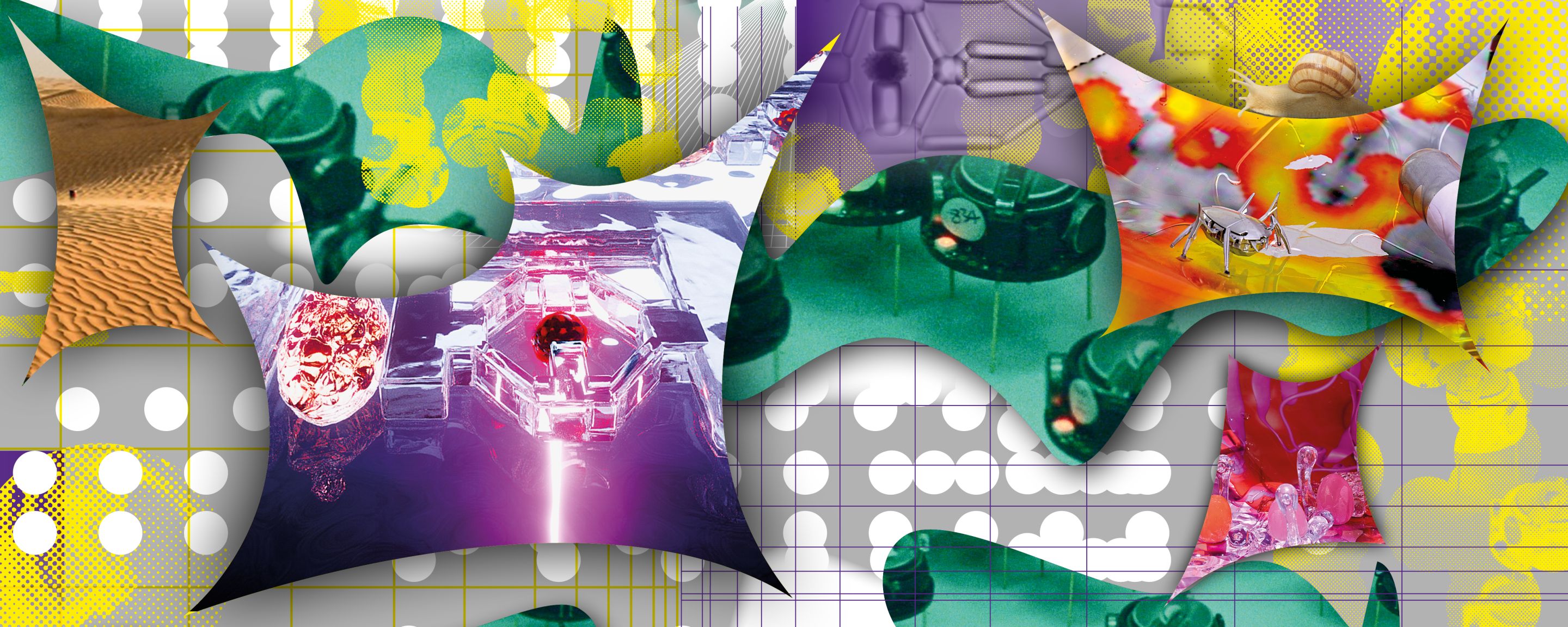Open Tuesday - Sunday.
Closed Monday.
From 11 AM - 6 PM.
Free entrance.
Access restricted to max 15 visitors per hour.
Masks are mandatory.
EPFL Pavilions is devoting its early 2021 program to the theme of robotics, reflecting on the emerging perspectives and scenarios of this rapidly expanding field. The premise behind Nature of Robotics is to offer an unconventional look at the subject of robotics and to extend its understanding into broader notions, situated at the frontier between science and the visual arts. Modular, reconfigurable, soft, micro and bio robotics manifest the new paradigms of a discipline facing constant renewal.

Exhibition view.
Nature of Robotics: An Expanded Field, 11.12.2020 – 16.05.2021, EPFL Pavilions
© image EPFL Pavilions, photo: Alain Herzog
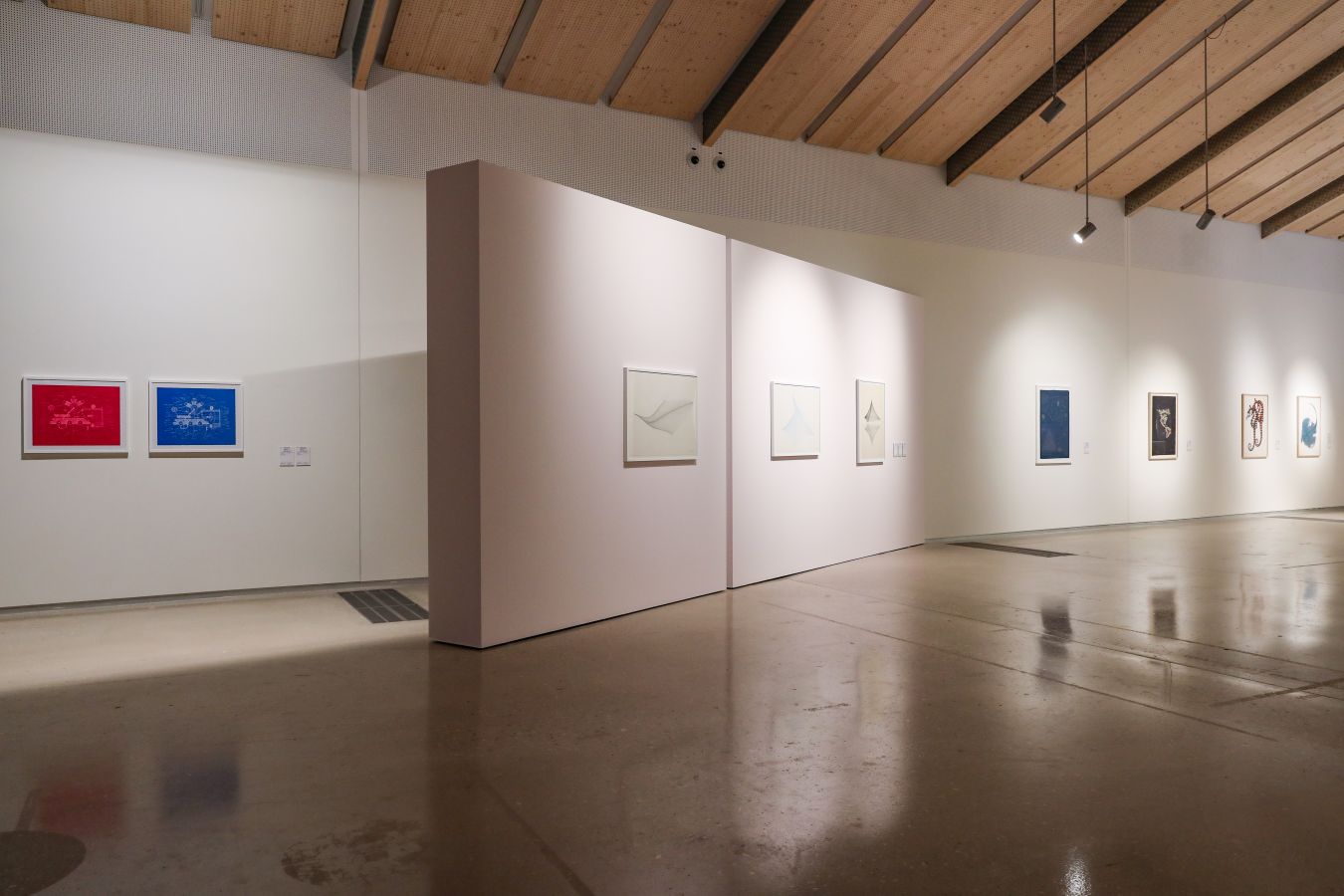
Exhibition view.
Nature of Robotics: An Expanded Field, 11.12.2020 – 16.05.2021, EPFL Pavilions
© image EPFL Pavilions, photo: Alain Herzog
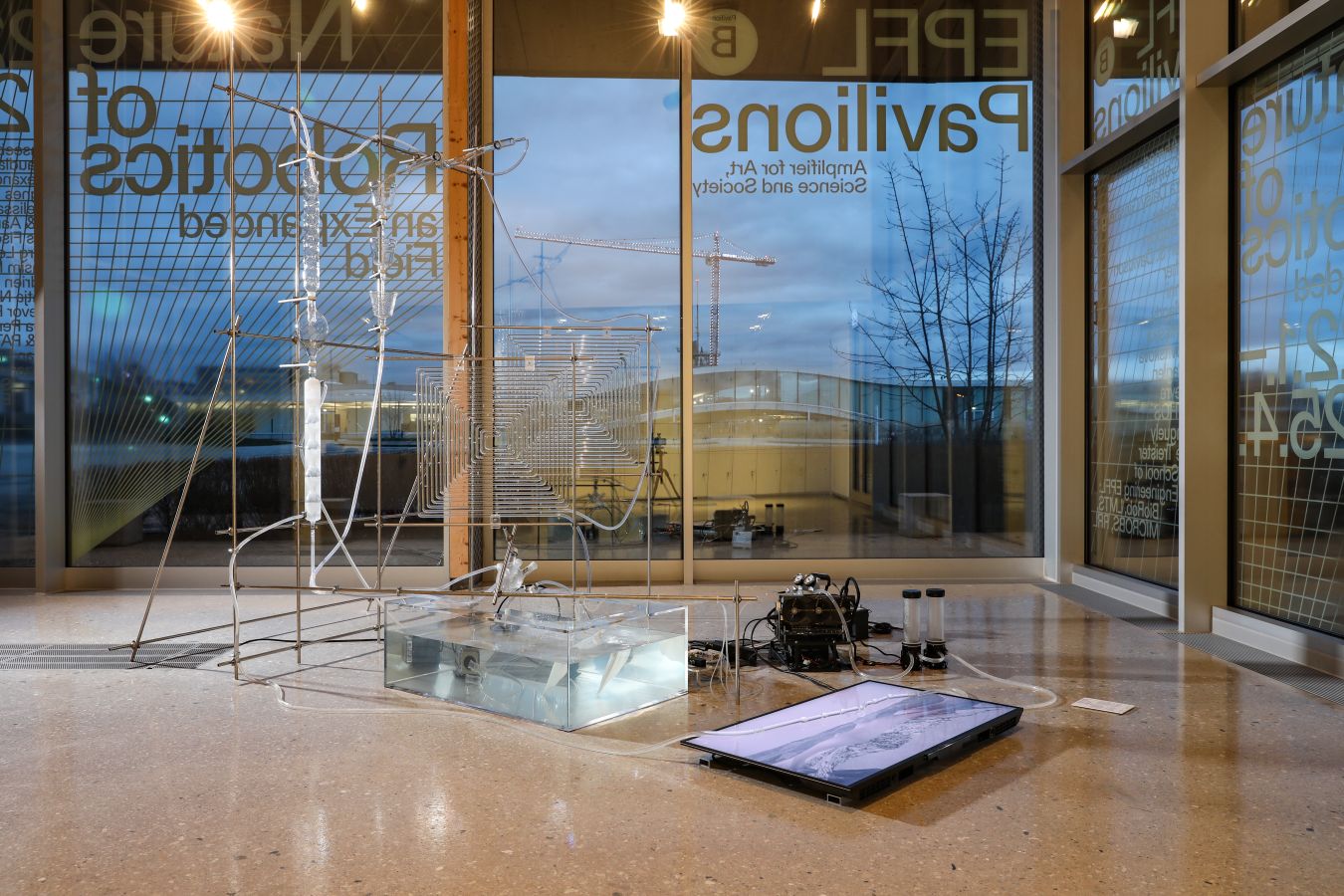
Melissa Dubbin & Aaron S. Davidson
Delay Lines, (feedback), 2020
Commissioned and produced in the framework of the EPFL Pavilions / CDH Artist in Residence programme 2020
Courtesy: the artists
Nature of Robotics: An Expanded Field, 11.12.2020 – 16.05.2021, EPFL Pavilions
© image EPFL Pavilions, photo: Alain Herzog

Exhibition view.
Nature of Robotics: An Expanded Field, 11.12.2020 – 16.05.2021, EPFL Pavilions
© image EPFL Pavilions, photo: Alain Herzog

Katja Novitskova
Pattern of Activation (Mamaroo nursery, dawn chorus), 2017
Courtesy: the artist and Kraupa-Tuskany Zeidler, Berlin.
Exhibition view. Nature of Robotics: An Expanded Field, 11.12.2020 – 16.05.2021, EPFL Pavilions
© image EPFL Pavilions, photo: Alain Herzog
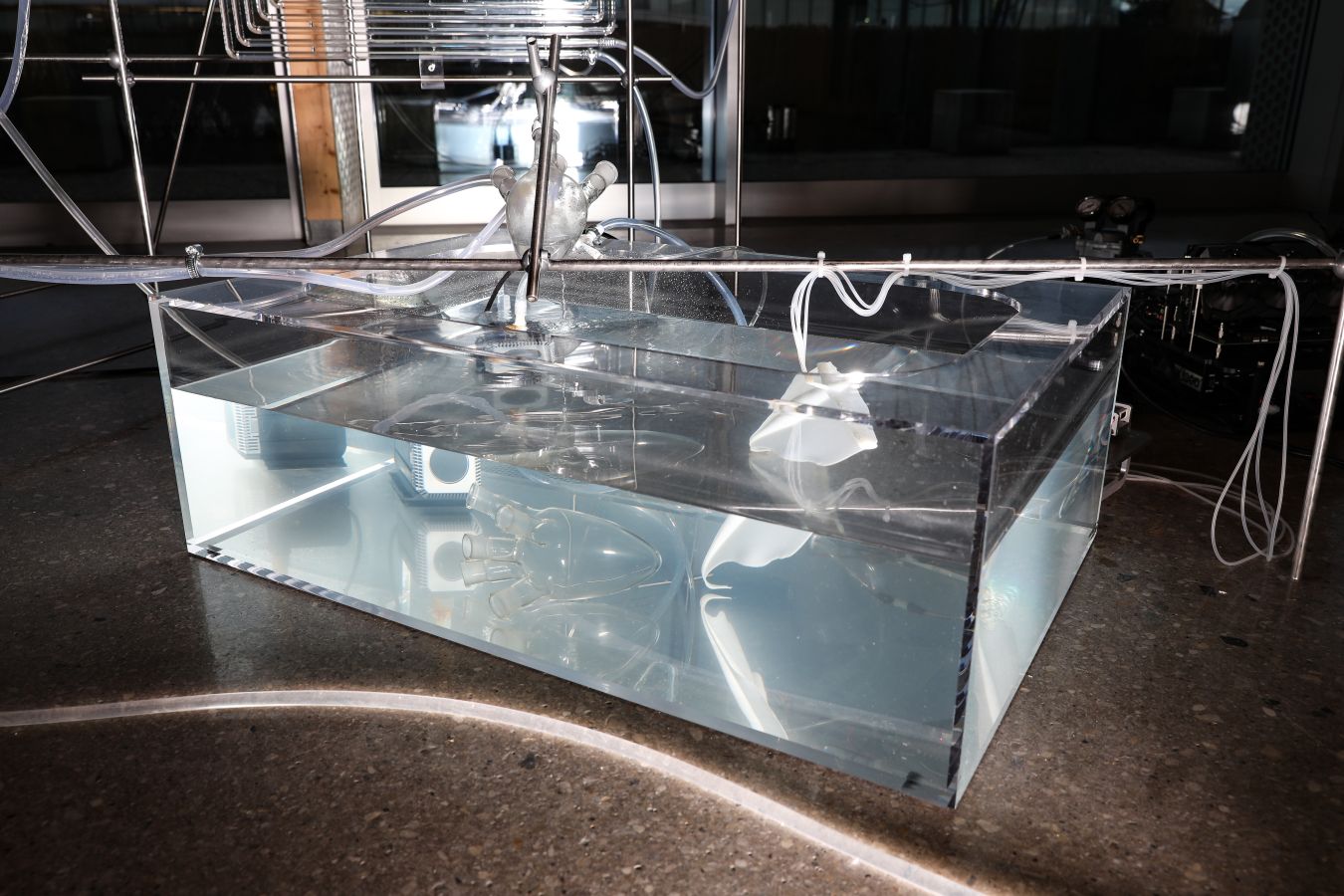
Melissa Dubbin & Aaron S. Davidson
Delay Lines, (feedback), 2020
Commissioned and produced in the framework of the EPFL Pavilions / CDH Artist in Residence programme 2020
Courtesy: the artists
Nature of Robotics: An Expanded Field, 11.12.2020 – 16.05.2021, EPFL Pavilions
© image EPFL Pavilions, photo: Alain Herzog
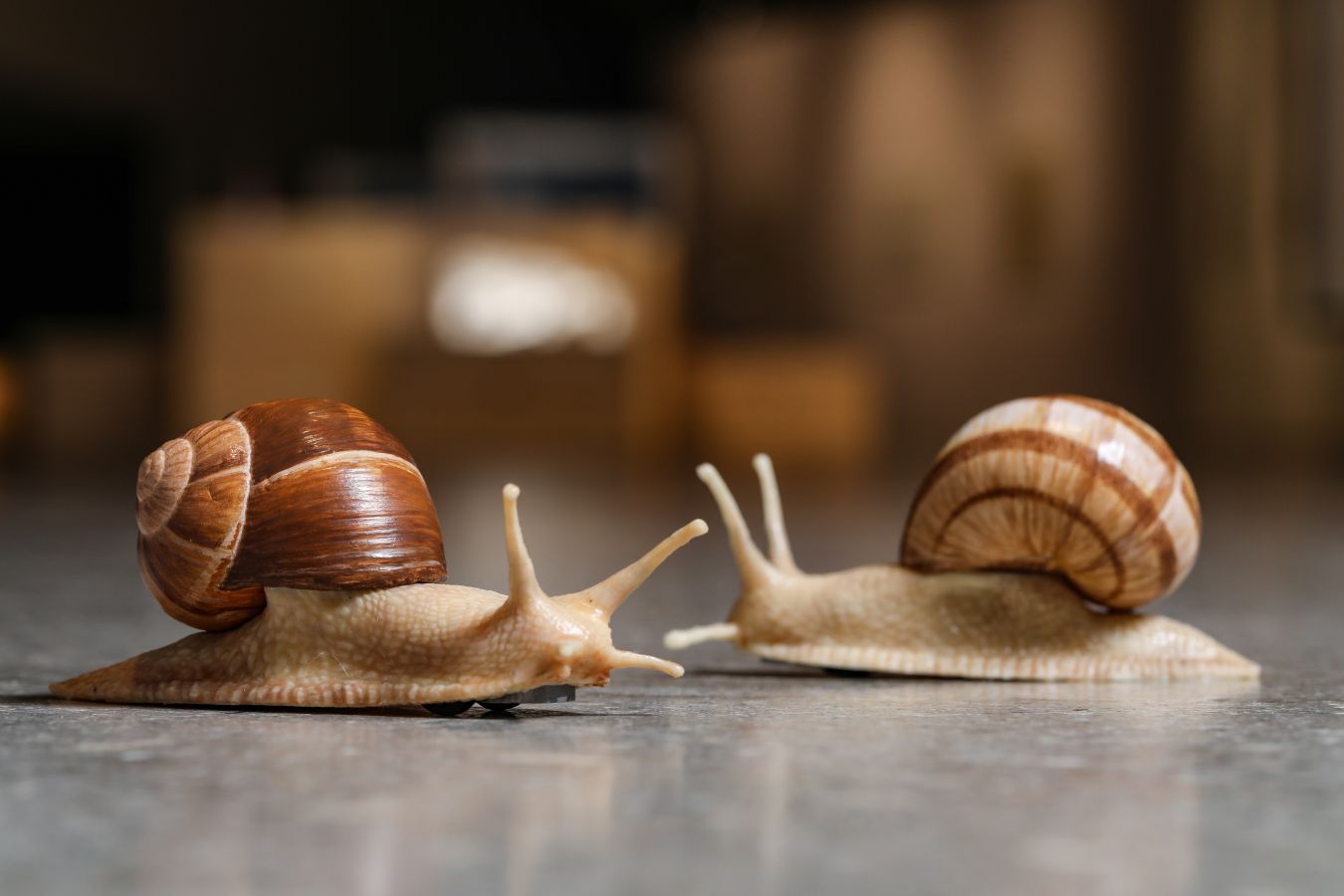
Urs Fischer
Maybe, 2019
Motors, gears, aluminium, plastic, battery, brass, silicone, magnets, two-component urethane casting resin, acrylic paint, xanthan gum, gum arabic, ethanol, charging station. Edition 2 of 2 & 2 AP. Private collection. Courtesy: the artist.
Nature of Robotics: An Expanded Field, 11.12.2020 – 16.05.2021, EPFL Pavilions
© image EPFL Pavilions, photo: Alain Herzog
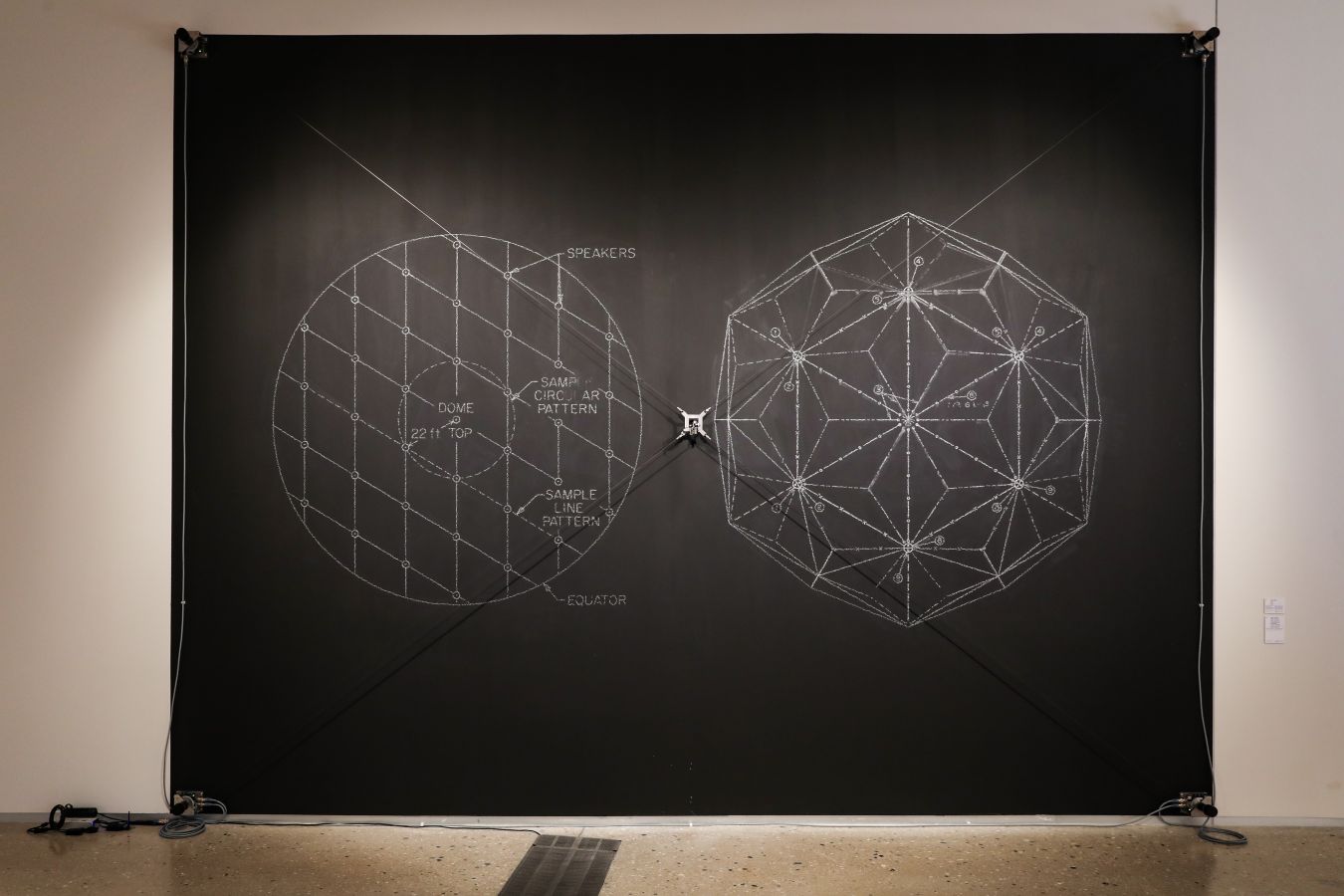
Jürg Lehni
Otto, 2015
Computer-controlled chalk drawing machine
Motor modules, stainless steel ribbon coils, automated chalk holder, custom-made controller and software
Nature of Robotics: An Expanded Field, 11.12.2020 – 16.05.2021, EPFL Pavilions
© image EPFL Pavilions, photo: Alain Herzog

Jürg Lehni
Otto, 2015
Computer-controlled chalk drawing machine
Motor modules, stainless steel ribbon coils, automated chalk holder, custom-made controller and software
Nature of Robotics: An Expanded Field, 11.12.2020 – 16.05.2021, EPFL Pavilions
© image EPFL Pavilions, photo: Alain Herzog

Scientific display
EPFL School of Engineering, Reconfigurable Robotics Laboratory (RRL), Professor Jamie Paik
Robogami Design
Mori: Modular Origami Robots, Soft Robotics
Hydrogel-based artificial muscles. © Nebahat Yenihayat and EPFL MICROBS, MicroBioRobotic System Laboratory, Prof. Selman Sakar
EPFL School of Engineering, Biorobotics Laboratory (BioRob), Professor Auke Ijspeert
Orobot
Exhibition view. Nature of Robotics: An Expanded Field, 11.12.2020 – 16.05.2021, EPFL Pavilions
© image EPFL Pavilions, photo: Alain Herzog

Scientific display
EPFL School of Engineering, Reconfigurable Robotics Laboratory (RRL), Professor Jamie Paik
Robogami Design
Mori: Modular Origami Robots, Soft Robotics
Hydrogel-based artificial muscles. © Nebahat Yenihayat and EPFL MICROBS, MicroBioRobotic System Laboratory, Prof. Selman Sakar
EPFL School of Engineering, Biorobotics Laboratory (BioRob), Professor Auke Ijspeert
Orobot
Exhibition view. Nature of Robotics: An Expanded Field, 11.12.2020 – 16.05.2021, EPFL Pavilions
© image EPFL Pavilions, photo: Alain Herzog
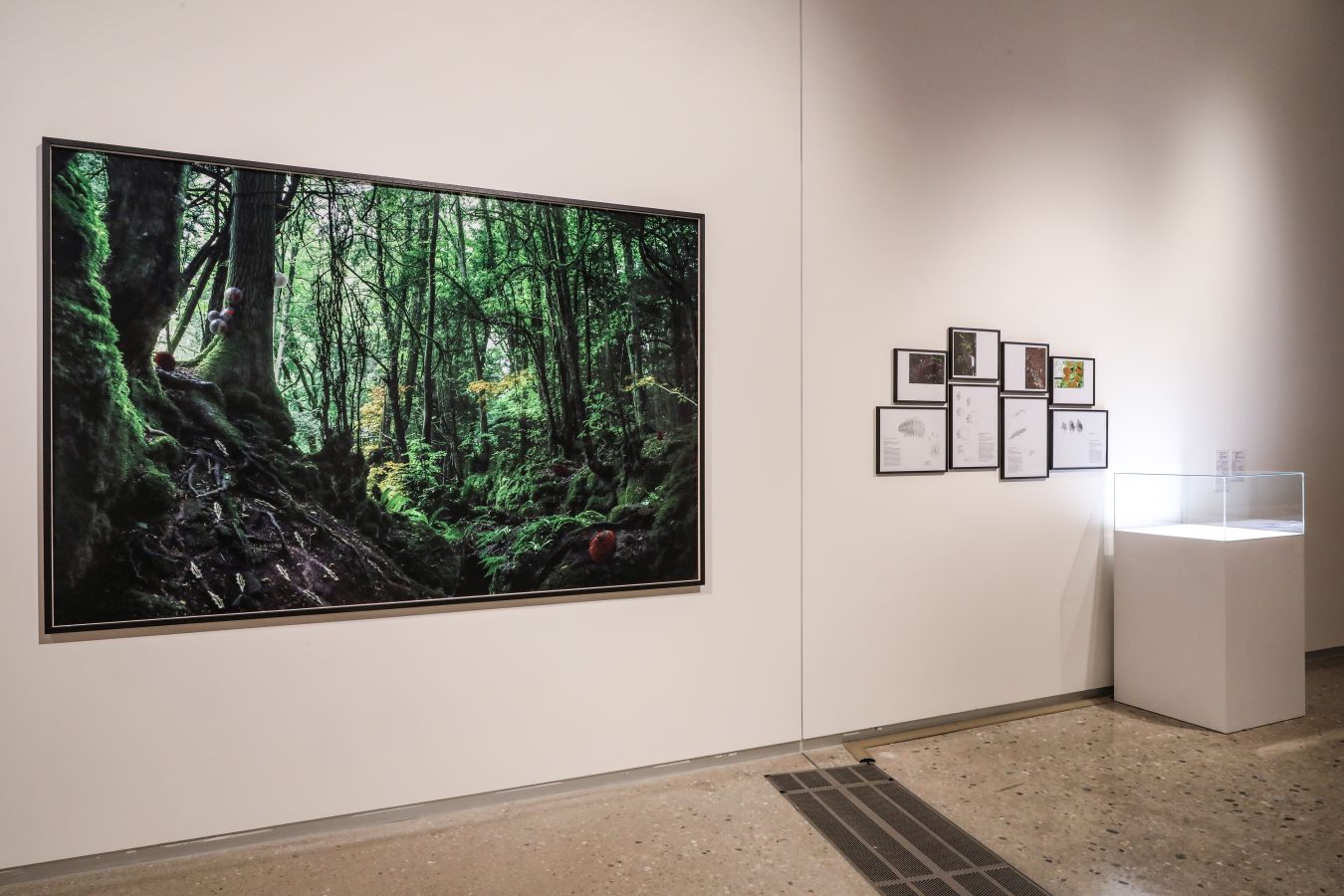
Alexandra Daisy Ginsberg
Designing for the Sixth Extinction, 2013–2015
Courtesy: the artist
Nature of Robotics: An Expanded Field, 11.12.2020 – 16.05.2021,, EPFL Pavilions
© image EPFL Pavilions, photo: Alain Herzog

Exhibition view.
Nature of Robotics: An Expanded Field, 11.12.2020 – 16.05.2021, EPFL Pavilions
© image EPFL Pavilions, photo: Alain Herzog

Agnes Denes
Liberated Sex Machine, 1969-70/2013
Hand-pulled lithograph on blue Plike paper. 48.3 x 62.9 cm. Edition of 30.
Courtesy the artist and Leslie Tonkonow Artworks + Projects, New York
Nature of Robotics: An Expanded Field, 11.12.2020 – 16.05.2021, EPFL Pavilions
© image EPFL Pavilions, photo: Alain Herzog

Haseeb Ahmed
Stock Weather, 2020
Wood, electronics, custom software, steel, sand, 3D prints
Thanks to: Atelier Vilvoorde, Peter Heremans, Adrien Lucca
Commissioned by EPFL Pavilions
Courtesy: the artist and Harlan Levey Projects
Nature of Robotics: An Expanded Field, 11.12.2020 – 16.05.2021, EPFL Pavilions
© image EPFL Pavilions, photo: Alain Herzog
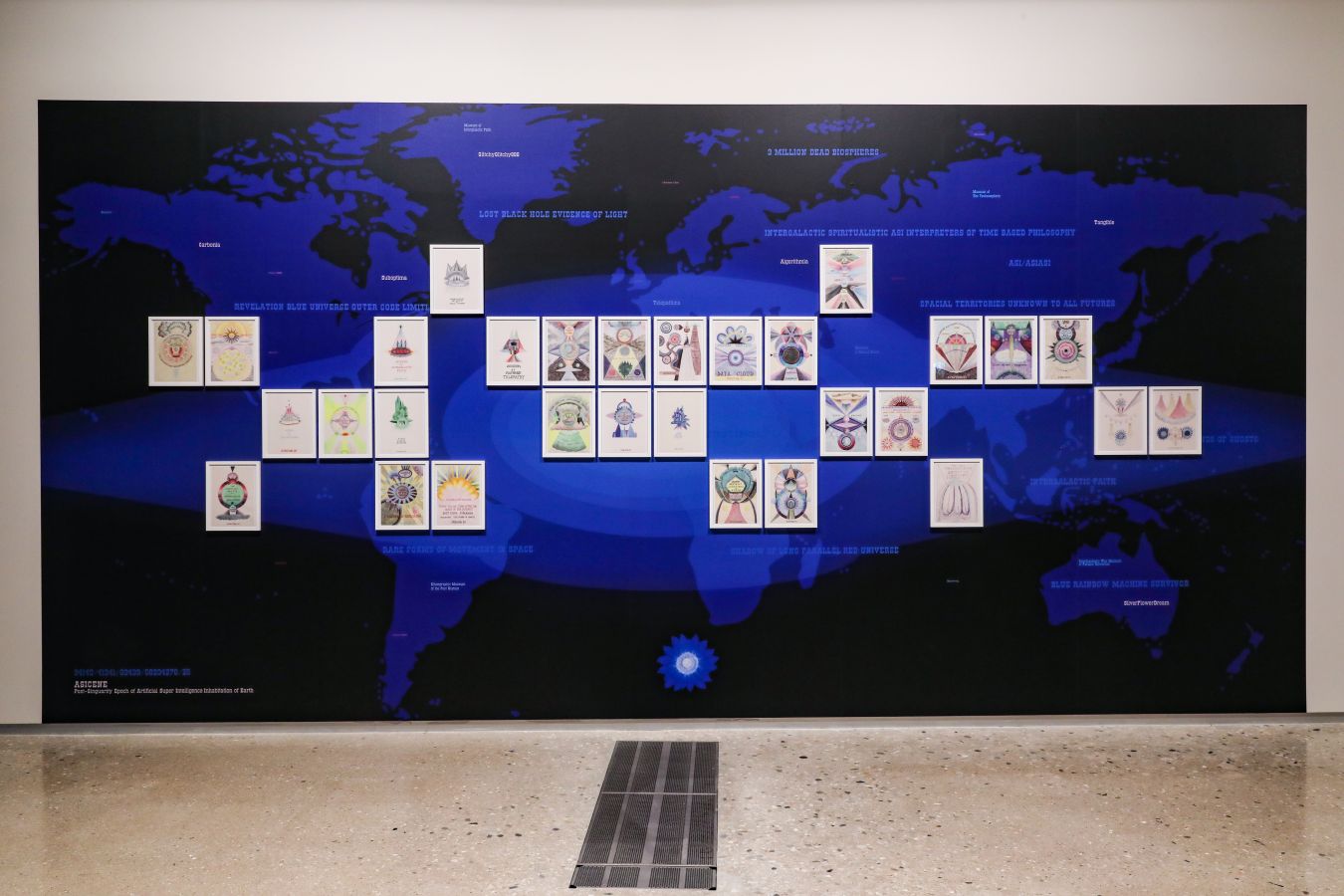
Suzanne Treister
SURVIVOR (F), 2016–present
ASICENE
Post-Singularity Epoch of Artificial Super Intelligence Inhabitation of Earth, 2018
SURVIVOR (F)/Watercolour diagrams
Courtesy: the artist, Annely Juda Fine Art, London and P.P.O.W. Gallery, New York
Exhibition view. Nature of Robotics: An Expanded Field, 11.12.2020 – 16.05.2021, EPFL Pavilions
© image EPFL Pavilions, photo: Alain Herzog

Suzanne Treister
SURVIVOR (F), 2016–present
ASICENE
Post-Singularity Epoch of Artificial Super Intelligence Inhabitation of Earth, 2018
SURVIVOR (F)/Watercolour diagrams
Courtesy: the artist, Annely Juda Fine Art, London and P.P.O.W. Gallery, New York
Exhibition view. Nature of Robotics: An Expanded Field, 11.12.2020 – 16.05.2021, EPFL Pavilions
© image EPFL Pavilions, photo: Alain Herzog



Katja Novitskova
Pattern of Activation (Mamaroo nursery, dawn chorus), 2017
Courtesy: the artist and Kraupa-Tuskany Zeidler, Berlin.
Exhibition view. Nature of Robotics: An Expanded Field, 11.12.2020 – 16.05.2021, EPFL Pavilions
© image EPFL Pavilions, photo: Alain Herzog

Katja Novitskova
Pattern of Activation (Mamaroo nursery, dawn chorus), 2017
Courtesy: the artist and Kraupa-Tuskany Zeidler, Berlin.
Exhibition view. Nature of Robotics: An Expanded Field, 11.12.2020 – 16.05.2021, EPFL Pavilions
© image EPFL Pavilions, photo: Alain Herzog
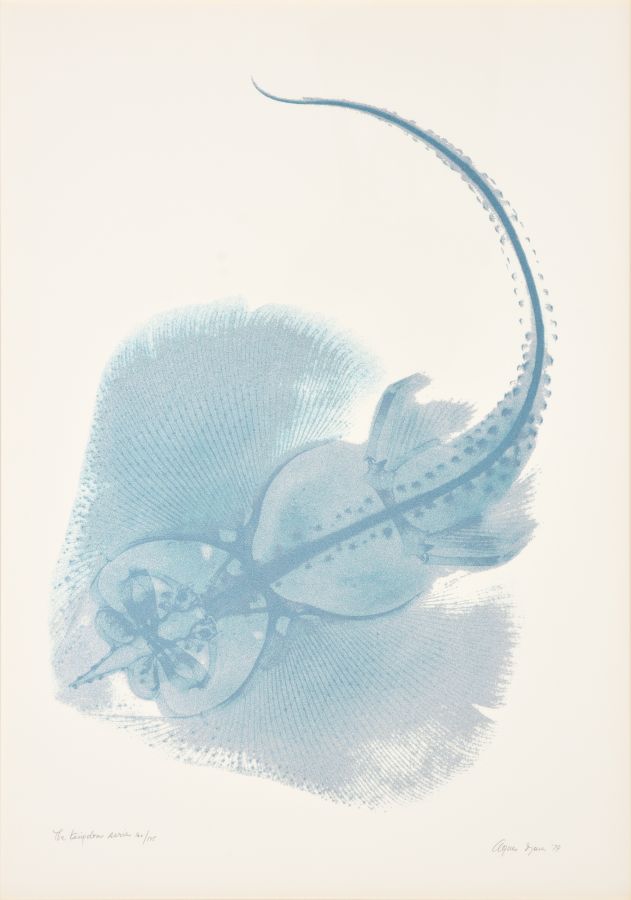
Agnes Denes
The Kingdom Series, X-Ray of Sting Ray, 1980
Four-color silkscreen with metallic and hand coloring
Courtesy: the artist and Leslie Tonkonow Artworks + Projects, New York
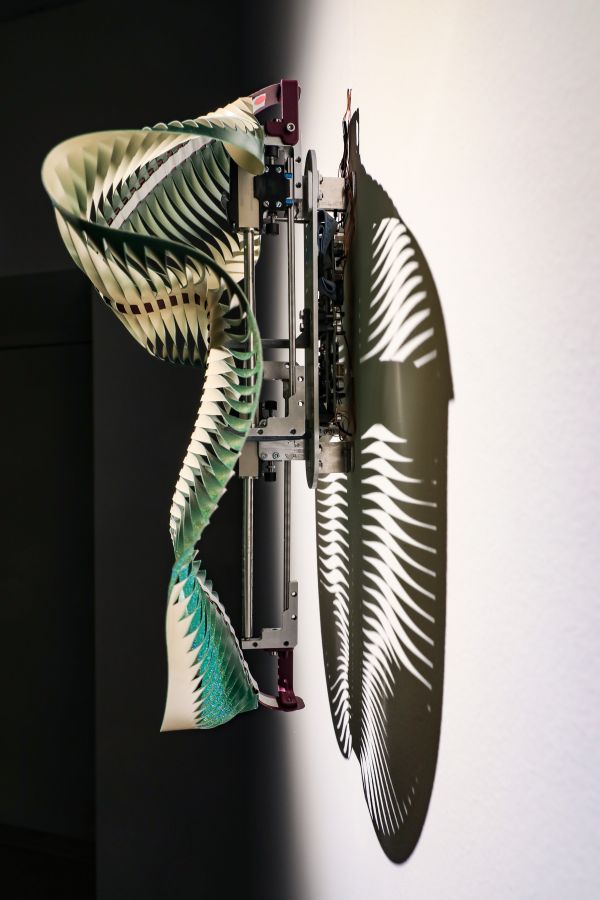
Léa Pereyre with PATHOS, Wyss Zurich
Anima I, 2019
Animated by PATHOS robotic tools
Paper & PATHOS animation modules
PATHOS: Poetic Animatronics Through Hands-On Systems
Courtesy: the artists, Wyss Zurich (UZH + ETHZ), ETH Zurich, Gebert Rüf Stiftung Faulhauber Minimotor Sa.
Nature of Robotics: An Expanded Field, 11.12.2020 – 16.05.2021, EPFL Pavilions
© image EPFL Pavilions, photo: Alain Herzog
Through artists’ works and scientific productions from EPFL laboratories, Nature of Robotics invites contemporary reflection on the place of artificial agents in our natural and social ecosystems. Visions emerging from the laboratories are juxtaposed with speculative creatures, drawings, diagrams, and videos produced by contemporary artists.
The exhibition revisits the notion of the ‘expanded field’ , echoing Rosalind Krauss’s expression "the expanded field of sculpture"; this notion is employed here in order to ground a curatorial endeavour, framing robotics in environment-related thinking.
COVID-19 has introduced a novel sense of precariousness, and the role of technologies is questioned in light of a global phenomenon that challenges us at our most fundamental level. Just as Bruno Latour foresaw in relation to the ecological crisis, "the whole fabric of life" is implicated in our response to COVID-19. The virus outbreak disrupted first our bodies, then our habits, intensifying our dependence on technology for survival and communication; at the very origin of the pandemic were the consequences of our controversial relationship with the environment and the violent alteration of ecosystems. The disruption caused by the pandemic reframed all our concerns: on a deeply intertwined scale, animals and humans, the environment, biology and technology appear as the interdependent factors of an ongoing crisis. All are actors/agents of what could be an overcoming or even transcendence of its destructive forces.
Nature of Robotics widens the scope of this reflection, questioning robotics as a science; it reveals how technological advancements and developments are structurally dependent on a process of investigation and learning through 'observation' of the natural world. Cautious observers and inventive creators, artists and scientists explore the complexities of our biological ecosystems.

Hydrogel-based artificial muscles.
© Nebahat Yenihayat and EPFL MICROBS, MicroBioRobotic System Laboratory, Prof. Selman Sakar
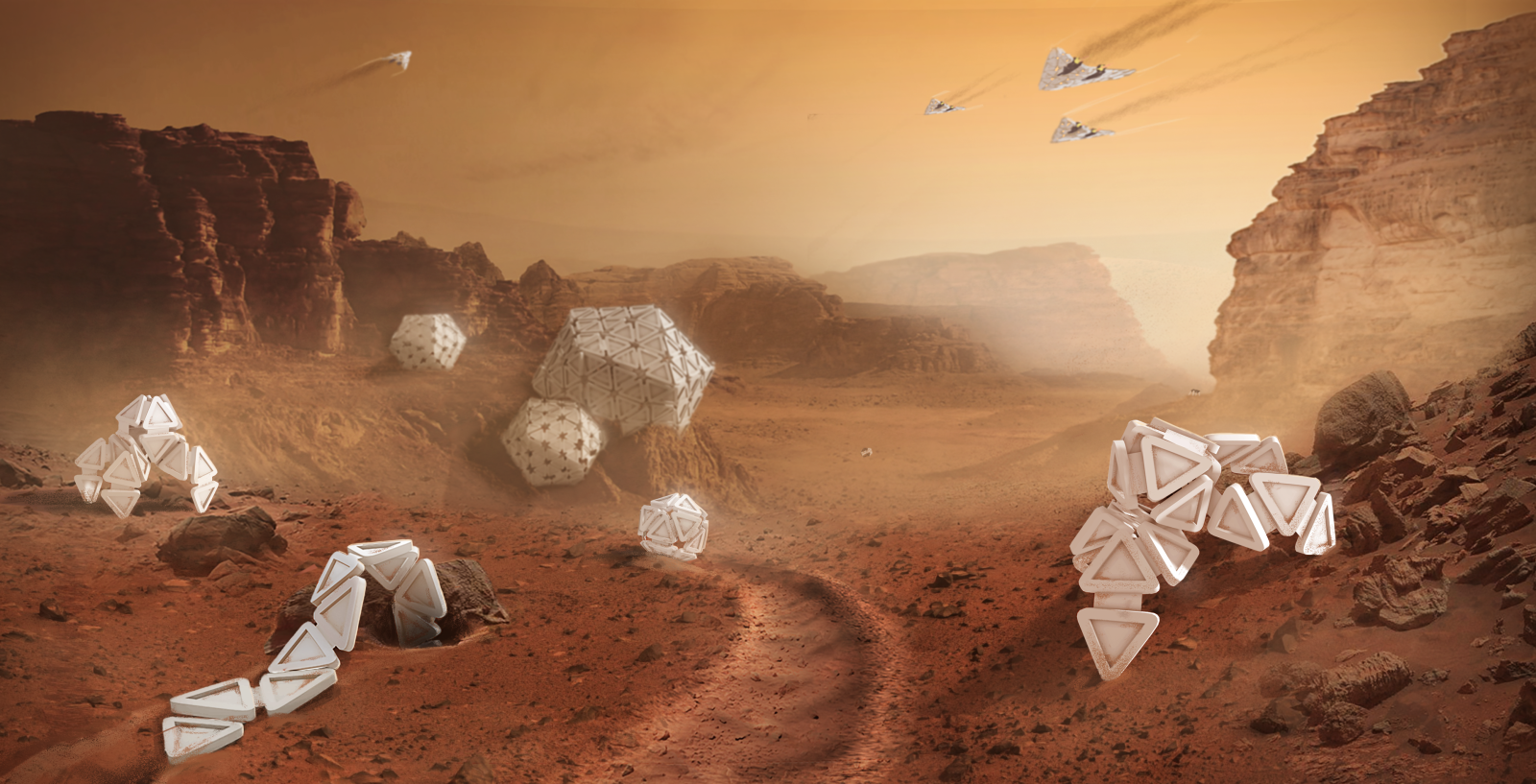
Mori
© Reconfigurable Robotics Lab (RRL) and Raphaël Galeuchet

OroBOT
BioRobotics Lab EPFL © Alessandro Crespi, EPFL

Stretchable pumps for Soft Machines
© Vito Cacucciolo and LMTS, EPFL 2019
While far from a historical presentation of robotic art, the show nevertheless intends to acknowledge this tradition, notably through the pioneering work of Jean Tinguely in his film Study for an End of the World No. 2, shot in the Nevada desert in 1962, anticipating Krauss’s later theorization.
The exhibition’s itinerary takes the visitor from Tinguely’s Nevada desert to Trevor Paglen’s Nevada sky. Urs Fischer’s robo-snails, Melissa Dubbin and Aaron S. Davidson’s artificial soft robot in the form of a manta ray, Lea Pereyre’s forms, Adrien Missika’s housefly (Musca domestica), Jürg Lehni’s Otto drawing machine resonate with a display of scientific work from EPFL, which showcases a range of recent robotic models in an alternation of amphibious vertebrates, biocompatible microrobots, insect-scale and modular origami robots, and their associated applications in multi-scaled environments from physiological fluids to space.
Agnes Denes’s Visual Philosophy punctuates the exhibition space; Alexandra Daisy Ginsberg’s view on synthetic biology and Basim Magdy’s films, metaphorically question the trajectories opened by scientific research. Suzanne Treister’s visions of a post-futuristic sublime, Katja Novitskova’s sci-fi-like creatures fed with imaging from the EPFL MicroBioRobotic Systems Lab, and Claudia Comte’s viscous animations hint at hypothetical "not-so-distant" futures.
Haseeb Ahmed’s site-specific work, creates a parallel between the global stock market and meteorological phenomena, while Trevor Paglen’s photographs act as a reminder of the involvement of robotic technologies in practices of war and surveillance.
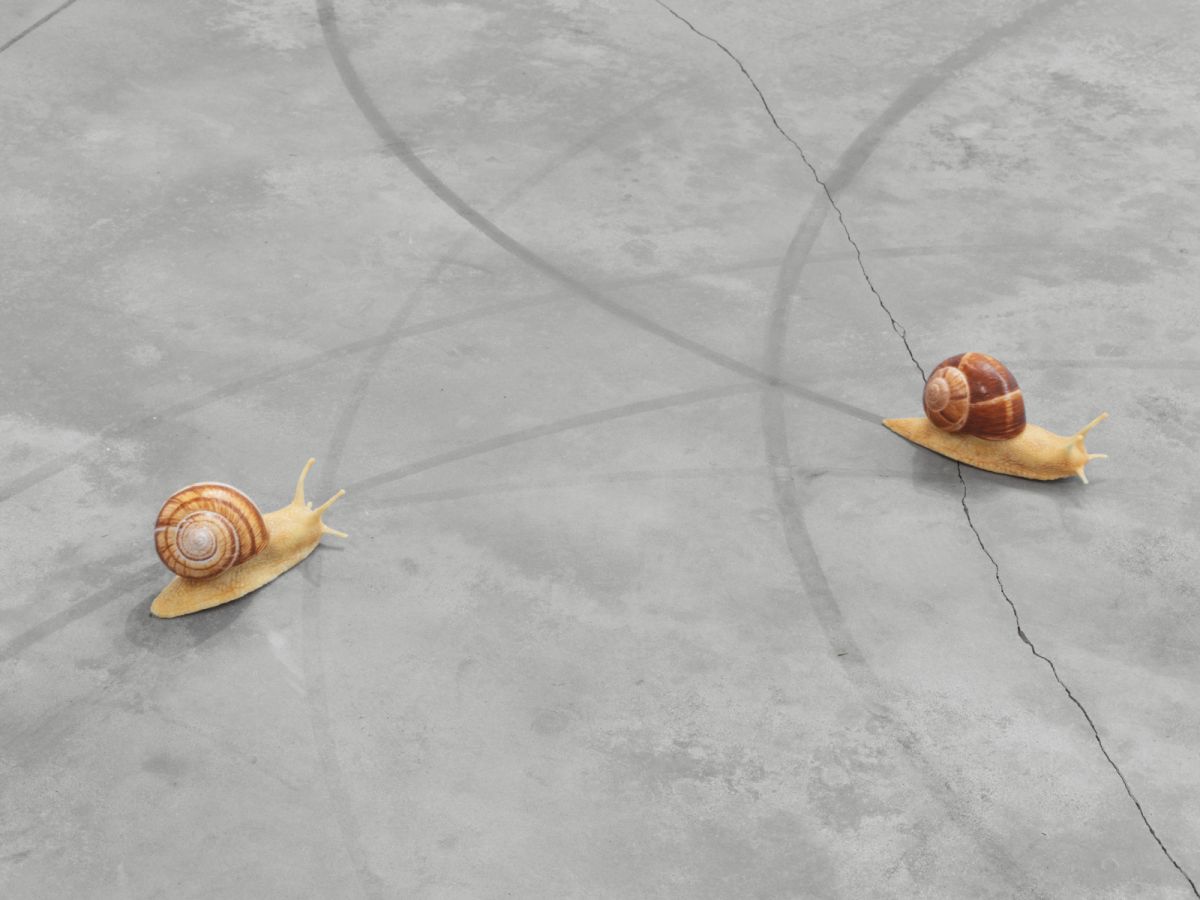
Urs Fischer Maybe, 2019
© Urs Fischer. Courtesy of the artist, The Modern Institute, and Gagosian. Photo: Stefan Altenburger

Alexandra Daisy Ginsberg
Autonomous Seed Disperser from Designing for the Sixth Extinction, 2013-15
Courtesy: the artist
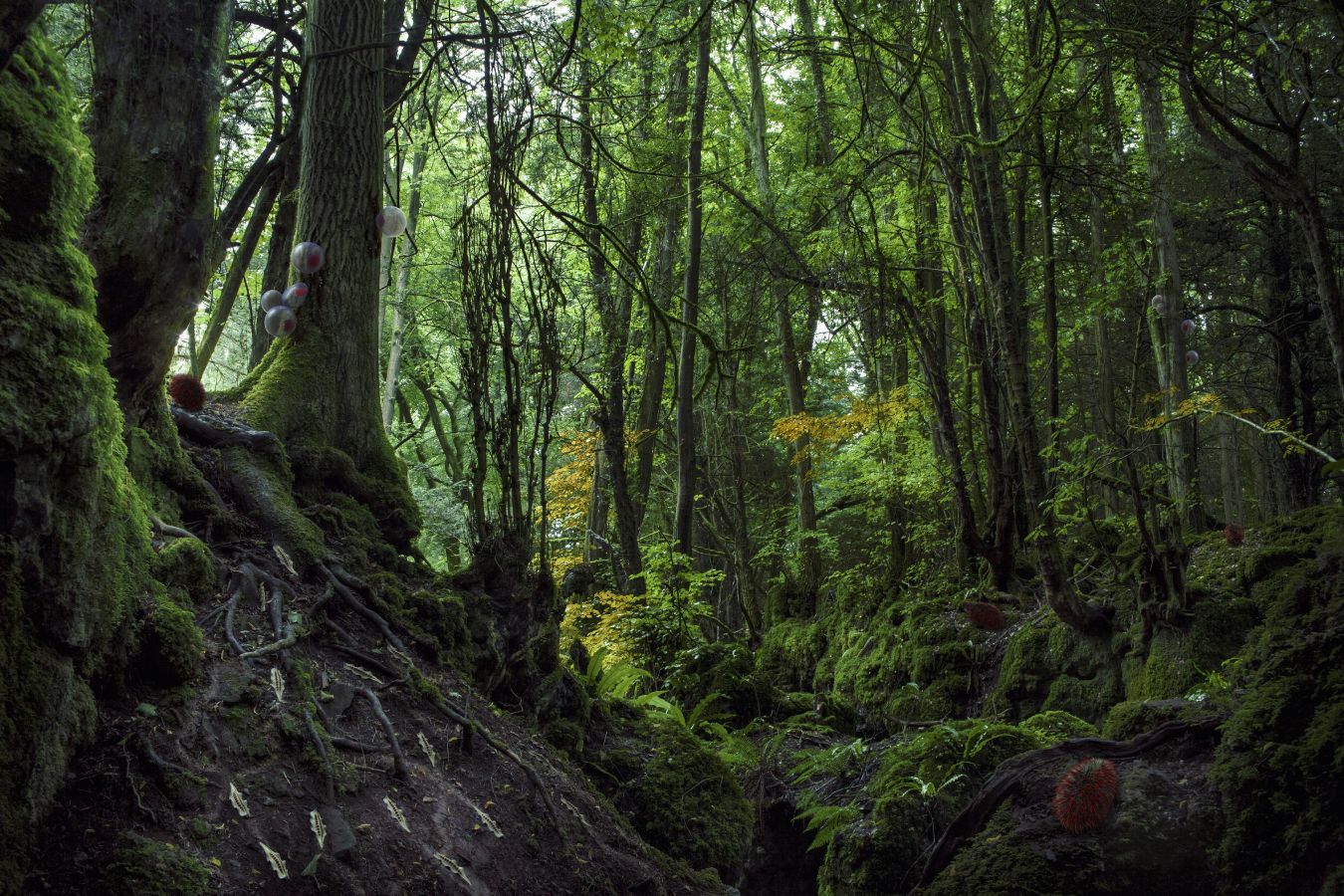
Alexandra Daisy Ginsberg
Rewilding with Synthetic Biology from Designing for the Sixth Extinction, 2013-15
Courtesy: the artist
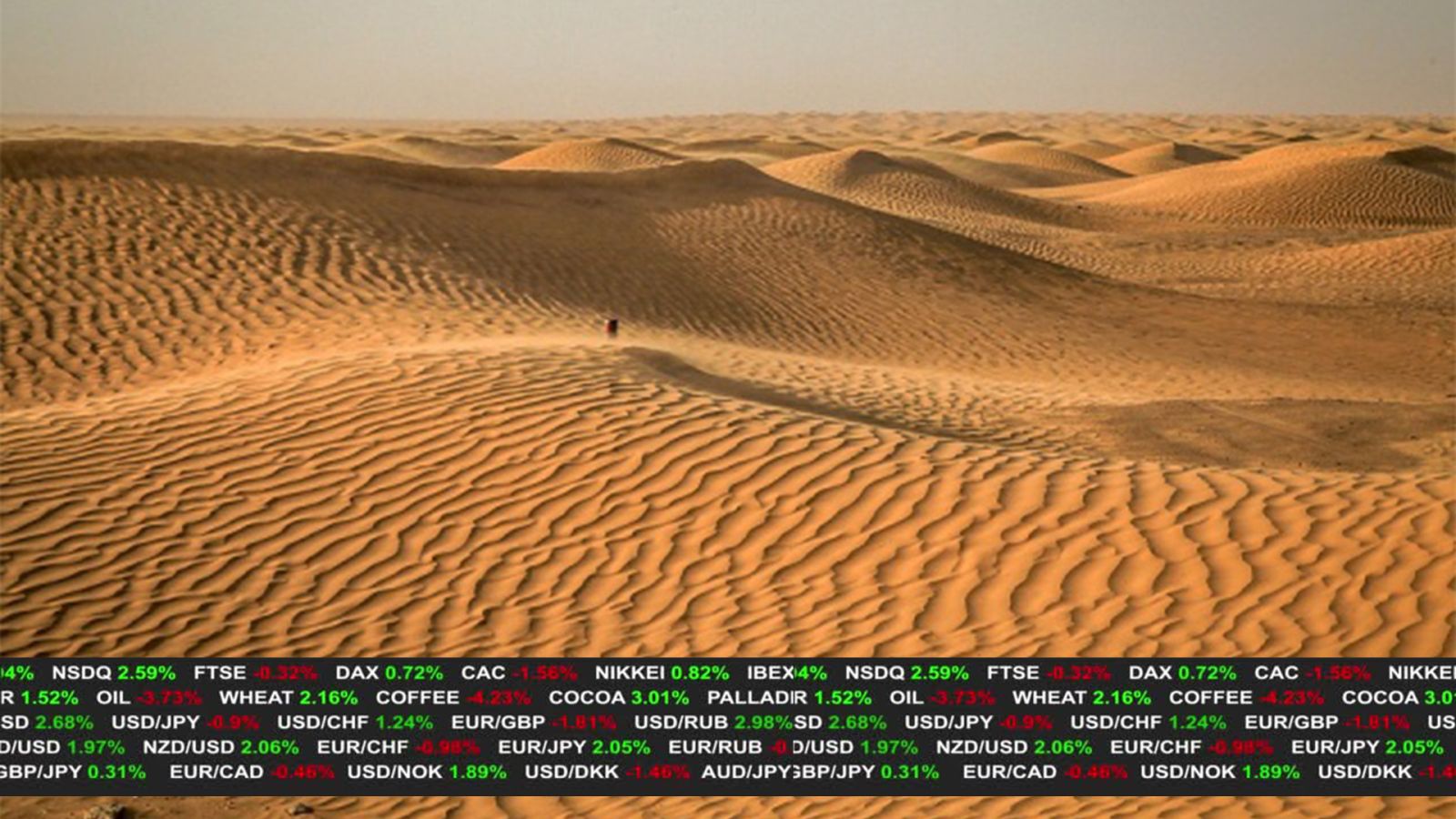
Haseeb Ahmed
Stock Weather, 2020
Commissioned by EPFL Pavilions. Courtesy: the artist and Harlan Levey Projects
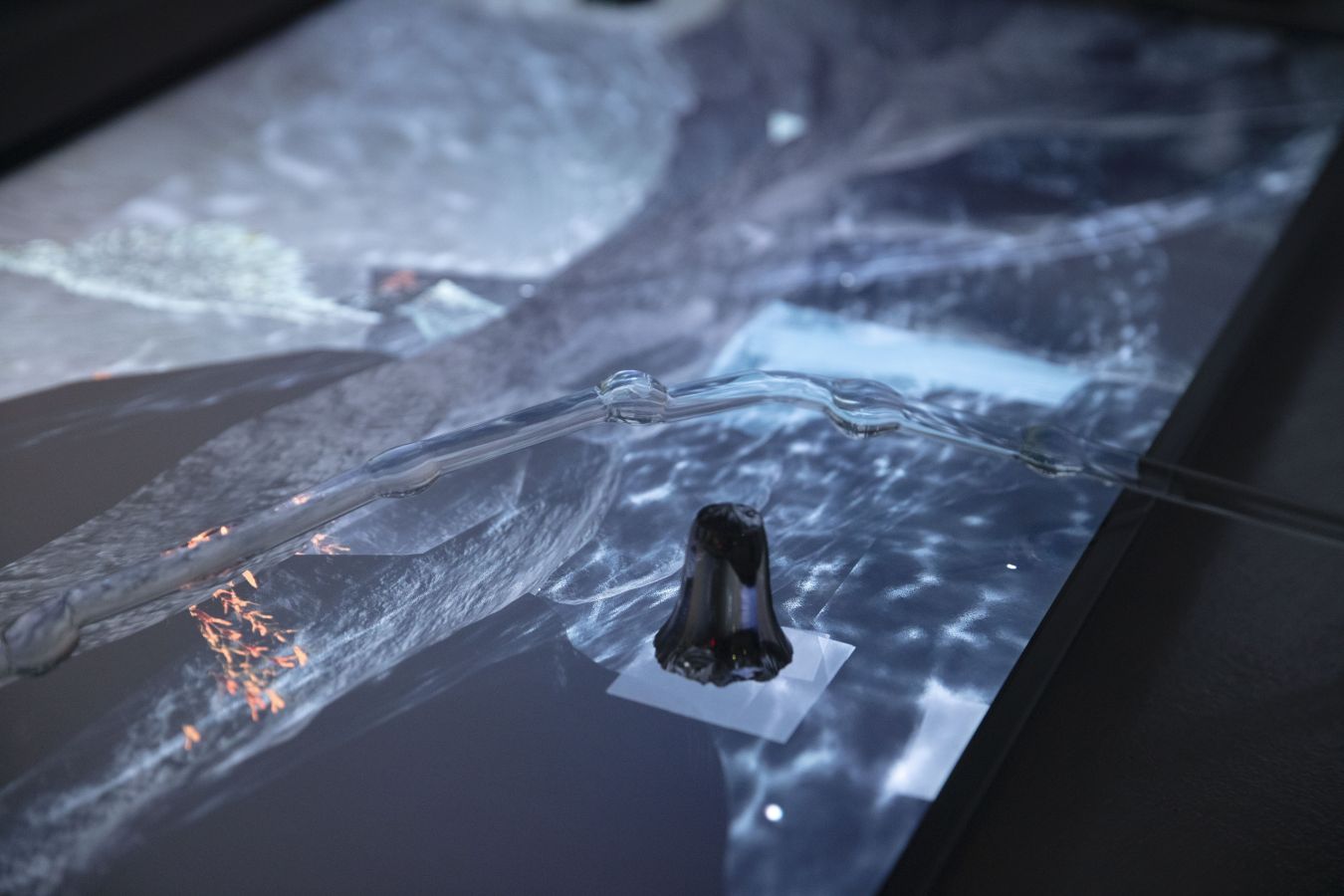
Melissa Dubbin & Aaron S. Davidson
Delay Lines, 2019
Detail
Collection of Ishikawa Foundation, Okayama © Dubbin & Davidson
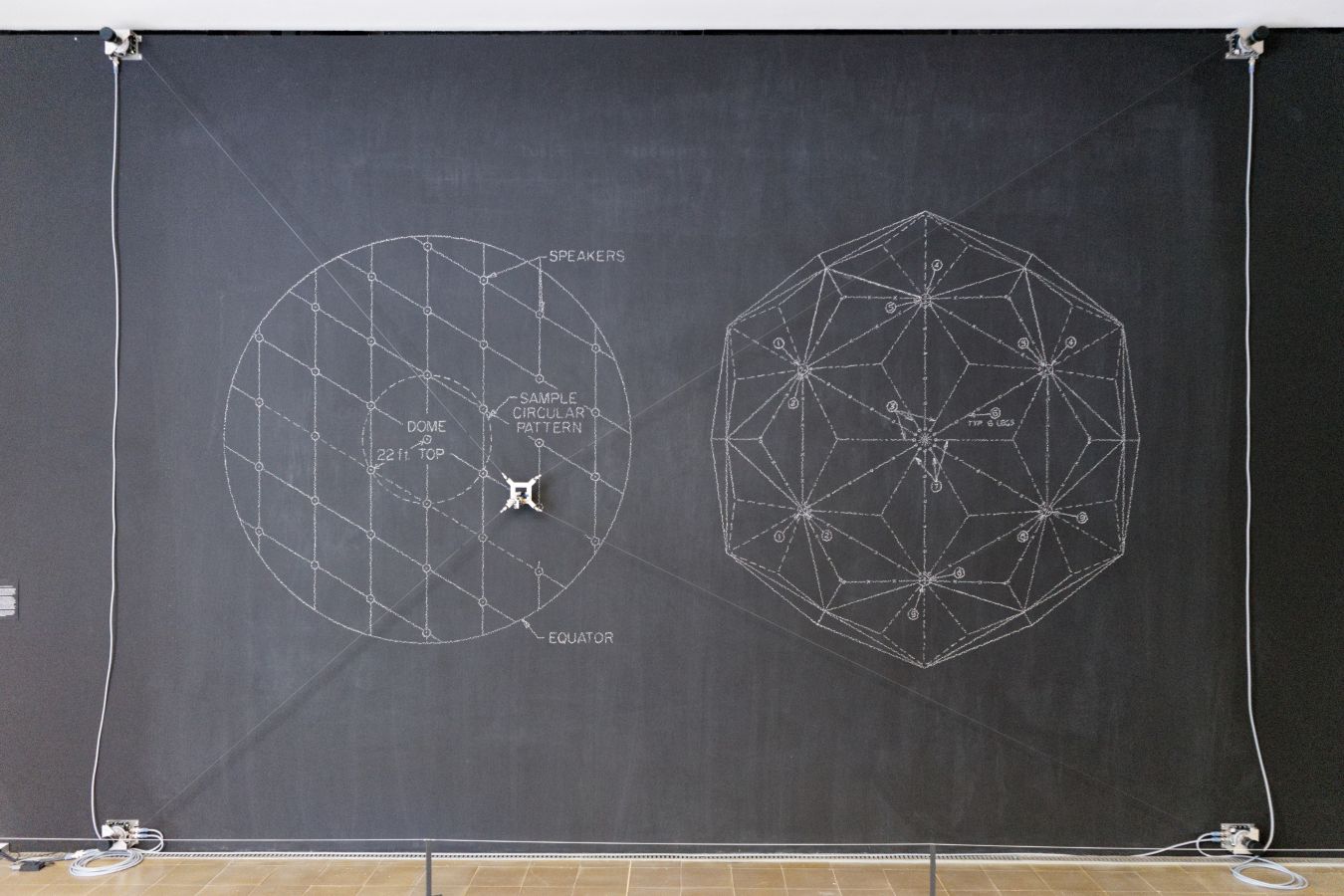
Jurg Lehni
Otto, 2015, Two Legacies – Footnotes from the History of Two Cultures
E.A.T., Pavilion: Experiments in Art And Technology, 1972
Courtesy: the artist
Acknowledging 'expansion' as a method, Nature of Robotics explores the value of 'thinking the expanded field' as a way of approaching the increasingly interrelated network of artistic and scientific discourses. The narratives crossing the space lead towards the creation of such connections. Through an orchestrated sequence of artistic and scientific manifestations, the exhibition thus expands the field of robotics to understand it as a multi-layered discipline, magnifying our observation, knowledge and imagination of environments, and of past and future hybrid ecosystems.
